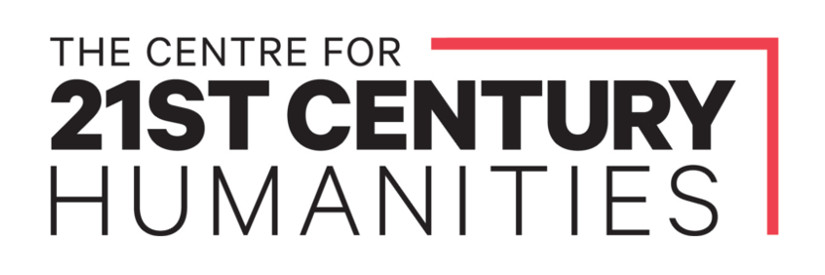| Site Name | Blackfellows Bones Bore This massacre is part of a group of massacres |
| Aboriginal or Torres Strait Islander Place Name | Itarlentye |
| Language Group, Nation or People | Anmatyerr, Arrernte |
| Present State/Territory | NT |
| Colony/State/Territory at the time | SA |
| Police District | Alice Springs |
| Latitude | -23.06 |
| Longitude | 134.48 |
| Date | Between 7 Aug 1884 and 22 Sep 1884 |
| Attack Time | Morning |
| Victims | Aboriginal or Torres Strait Islander People |
| Victim Descriptions | Aboriginal |
| Victims Killed | 75 |
| Victims Killed Notes | |
| Attackers | Colonists |
| Attacker Descriptions | Police |
| Attackers Killed | 0 |
| Attackers Killed Notes | |
| Transport | Horse |
| Motive | Reprisal |
| Weapons Used | Firearm(s) |
| Narrative | See also Attack Gap and Wirmbrandt and Rembrandt Rocks massacres. Harry Figg (stockman) and Thomas Coombes (cook) were attacked at Anna's Reservoir Homestead, which was owned by the Willowie Pastoral Company headed up by William (Billy) Coulthard. Attackers crept into Coombes' room and speared him eight times then set the roof alight. Figg emerged from the homestead, shooting four dead, before being speared between the shoulders. Both were wounded and badly burnt. They escaped to a stock camp 50 miles away and survived (Traynor, 2016, pp 120-121). The attack on Figg and Coombes took place on August 7 (South Australian Advertiser, 11 Aug 1884 p 4). The attack was carried out by Anmatjere people in an attempt to drive colonists away from their land.
One reprisal party was headed by Mounted Constable William Willshire. Willshire, with Constable Charlie Brookes, two Aboriginal trackers and four volunteers (Alec Ross, Harry Price, Summard and McBeth) set off in pursuit of the attackers, reporting that they had had three encounters with groups of Aboriginal people involving shooting, on 29 August, 5 September and 7 September, and killed a total of four (named) Anmatjere men (Adelaide Observer, 20 Sep 1884, p 31). A second reprisal party was led by Mounted Constable Thomas Daer (Adelaide Observer, 20 Sep 1884, p 31). It is thought that Daer's party was involved in the subsequent Blackfellows Bones Bore massacre. Justice Olney noted in 1993: 'In the late nineteenth century the killing of livestock by Aborigines on Undoolya and surrounding areas resulted in a massacre of Aborigines at Itarlentye in the Harts Range. The place is remembered by whites as "Blackfellows Bones Bore". In about 1890, CJ Dashwood, the Government Resident at Darwin, drafted a Bill to stop the slaughter of Aboriginal people, the "Blackfellows Bones" massacre being but one example. The Bill was blocked by the Legislative Council, the sentiment being that the development of, and pursuit of commercial profit from, the land could not proceed unless Aborigines were "subdued"' (Olney 1993, pp 8-9). Charles Perkins (1975, p 19) also referred to it: 'There are two good examples amongst the many hundreds that one could choose to illustrate the atrocities that were carried out by white society through the police. A massacre took place at an area called "Blackfellows Bones" near Mt Riddock (just north of Alice Springs) which involved the shooting of Aborigines by police. The people who were involved were mainly from Mum's own family, including her mother, her mother's sister, and a number of aunts and uncles. Mum's mother was very young at that time. She managed to escape but her sister was captured. An Aboriginal mother was shot while still bearing a child and carrying another child in her arms. An Aboriginal boy was shot next to her also. There were an unknown number of Aboriginal people killed in this incident which was in retaliation for cattle which were speared by some other Aboriginal people in another area.' Ken Tilmouth Penangk, an Anmatyerr man, recounted an oral history that seems to refer to this massacre, 'The people ran into lots of other Aboriginal men, but it was too late. And right there the whitefellas started shooting. The men tried in vain to defend themselves with their spears. They didn't know anything about guns. They thought that they were like spears. They fled in fear, but the whitefellas chased them and kept shooting. They ran them down with their horses. There would have been more men for Ilkewartn and Atwel countries, but the poor things were shot out. My father's father and my mother's father were shot, the poor things. The young fellas kept on running – they ran a really long way. But some of the whitefellas kept on traveling on and shooting. Some hid in caves, but they were shot inside the caves. They were finished off right there, the poor buggers. Two of my grandfathers were there inside a cave and they were both shot. ... The bones of the dead were spread everywhere. You can see them everywhere – they didn't bury the dead. Nothing. They just left them lying out in the open. Poor things. They were left lying there just like bullocks. All the shields and things were out in the open' (Penangk in Bowman 2015, pp 91-92). |
| Sources | Bowman, 2015, pp 91-92 https://www.clc.org.au/every-hill-got-a-story/; Olney, 1993, pp 8-9; Perkins, 1975, p 19; Adelaide Observer, 20 September 1884, p 31 https://trove.nla.gov.au/newspaper/article/160101265/18940147; Parks and Wildlife Commission of the Northern Territory, 2002, pp i, ii, 1 https://depws.nt.gov.au/__data/assets/pdf_file/0008/249038/annas_pom.pdf; The South Australian Advertiser, 11 Aug 1884, p 4 https://trove.nla.gov.au/newspaper/article/35965489/2214273. (Sources PDF) |
| Corroboration Rating | *** |

